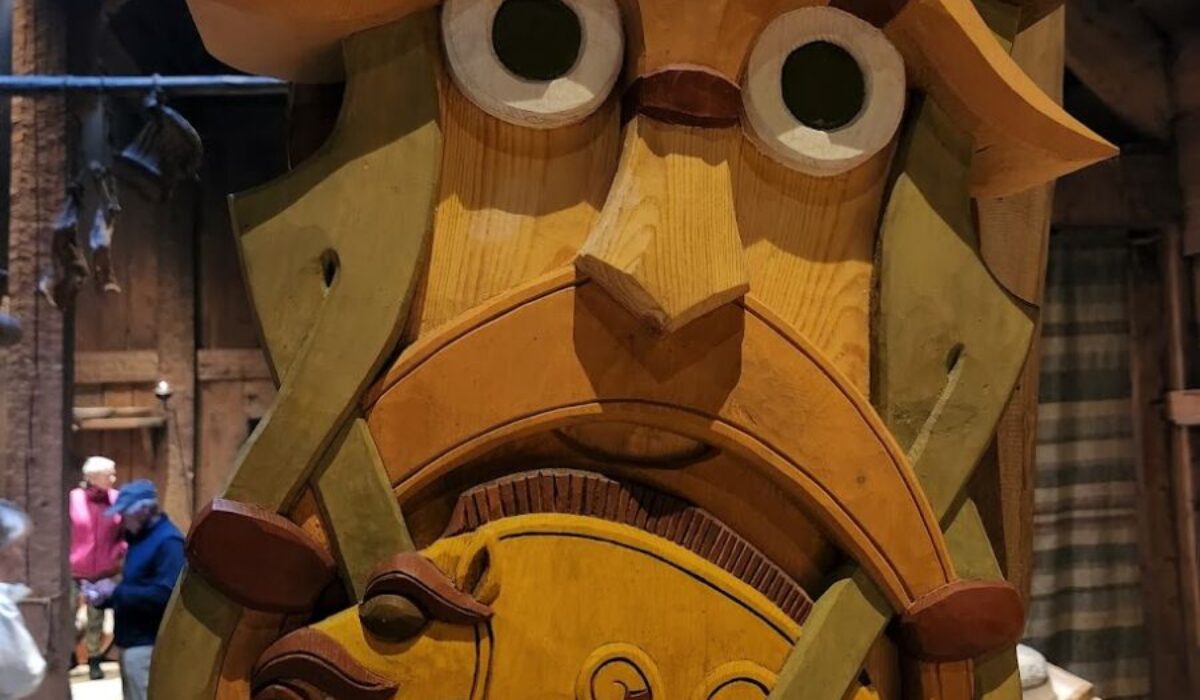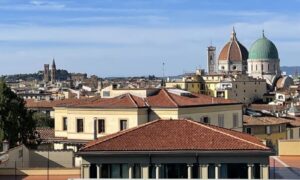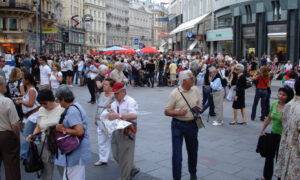by guest blogger, Kate Dernocoeur
I had never heard of the Lofoten Islands until I read this: “Take in the magnificent archipelago within the Arctic Circle, with its jagged peaks, sheltered bays of bright blue water, white sand beaches, and windswept grasslands.” A visit there was being pitched as “the grand finale” of an itinerary to Norway. Of course, I was immediately intrigued.
Luckily, that chance to see mainland Norway (ending at the Lofoten Islands) dovetailed perfectly with a Covid-delayed trip to Svalbard, so I signed up with my travel buddy, Margaret. When I arrived earlier in the trip, I met up with some Norwegian friends who I had met hiking in Japan (of course!). Robert, I learned, had been born and raised in Lofoten. He and his wife, Kirsti, showed me a gorgeous painting in their Oslo apartment of those iconic peaks. He described a hardscrabble childhood there back in the mid-20th century, and leaving to seek his fortune, but not really wanting to.
It wasn’t long before I found myself in the bow of a ferry from Bodø for the three-hour ride across the Norwegian Sea to the town of Moskenes. From my journal: “There are small barrier islands nearby, and the Lofoten chain (four main islands and many other smaller ones) is in the blue-haze distance. For some reason, I am expecting magic here.” As I stared at the maps, I wondered how those who first charted these waters ever did an accurate job of it. How did captains of sail-driven ships without an engine and side-thrusters evade all the sharp outcrops dotting the passage? Even on a clear day, it takes time to maneuver a ship, but add in storm-tossed water and clouds, fog and rain (or sleet and snow, with ice-stiffened ropes), and the respect I feel for such pioneers becomes immense.
From Moskenes, our group drove to the southernmost town of Å (yes, that’s its name!). We walked to the tip, then wandered around the fishing village. Historically, fishing was what drew people to this remote place, and the cod they harvested was hung to dry on wooden racks in the cold air and wind. Not surprisingly, the air carried quite a pungent odor. For centuries, these “stockfish” from the abundant nearby fisheries have been exported world-wide.
With tourism surging as a source of income, the historic, quaint fisherman’s shacks (“rorbuers”) have been used as models for modernized, more upscale tourist housing. We stayed for two nights at the historic Eliassen Rorbuer in Hamnoy, with a stunning view of the small fjord and cliffs outside. Dinner was at a delightful rorbuer dating back to 1790. Thanks to summer solstice, it was broad daylight at midnight when I was awakened by two amorous gulls on the deck outside my room in full combat for several minutes over the nearby female.
The Lofoten Islands rest at a latitude of between 67 and 68 degrees North, the same as Nunavut (Canada) and Murmansk (Russia). The Lofoten climate, however, is comparatively mild thanks to the Gulf Stream and the North Atlantic and Norwegian Currents. In fact, the average temperature in parts of this region stays above freezing year-round. With bridges now connecting the islands to the mainland, the population of 24,500 is struggling to accommodate the million or so tourists who arrive each year. Who can blame people for wanting to see this special place? They come for the hiking, the beaches (many reachable only by foot), world-renowned cold-water surfing, photography. In winter, the Northern Lights sometimes show up on clear nights.
Once upon a time, there were even Vikings! In 1981, a farmer in Vestvågøy was surprised to discover shards of beautiful glass and rare ceramics rising to the surface behind his plow. Archeaologists subsequently unearthed a village dating back a millennia or so, with a sensational 90×13-yard longhouse built for a powerful, well-connected chieftain. The reconstructed building administered by the Lofotr Viking Museum offers ample opportunity to witness life as it once was. We were entertained in the longhouse’s gathering room by actors who sang and told stories by the steaming cauldron, and served us tasty mead and lamb stew. Loads of hands-on opportunities included trying on armor and viewing wood carvings and other art. More than ever, my interest in the Vikings was piqued.
[Sources used: https://www.lifeinnorway.net/lofoten-islands and https://en.wikipedia.org/wiki/Lofoten
More blog posts about Norway
Norwegian Fjords Fabulous Sight
Visiting Small Norwegian Fishing Towns


















Comments
2 CommentsKayem
Dec 12, 2022Beautiful! And now I want to travel there and see for myself. Thanks for the story and photos.
Susan J. Smith
Dec 13, 2022Thank you, Kayem, for your nice comment about Kate’s blog. Norway is a beautiful country. Well worth planning a trip there.